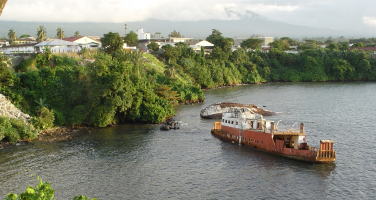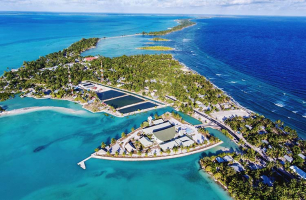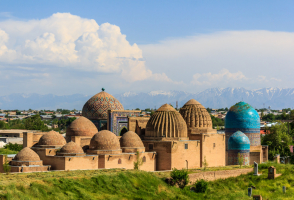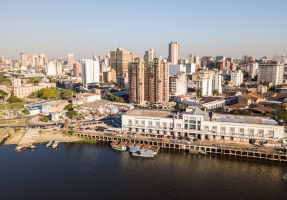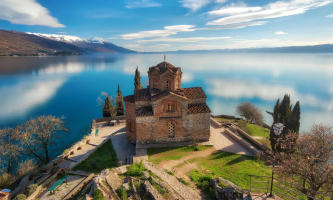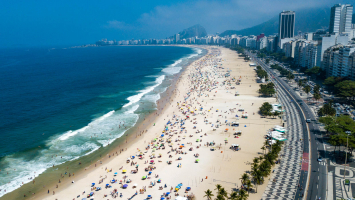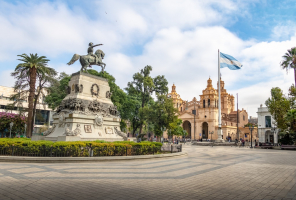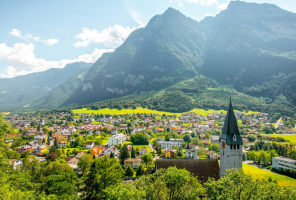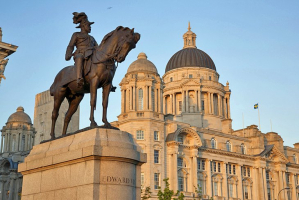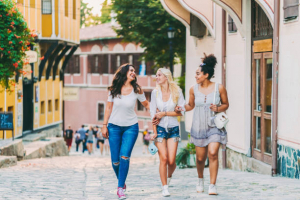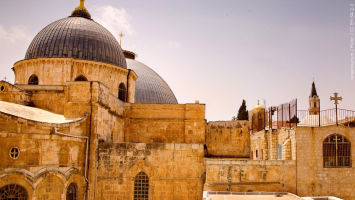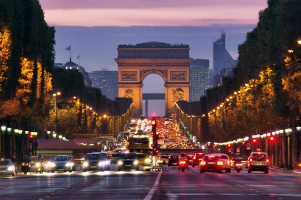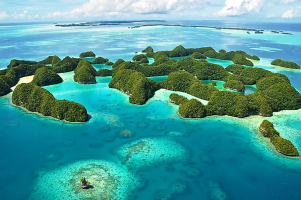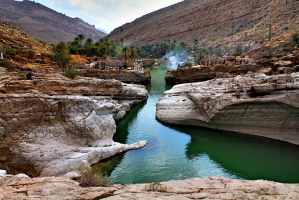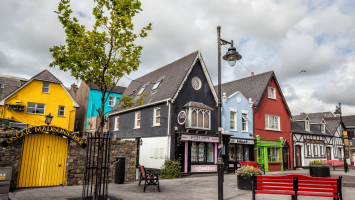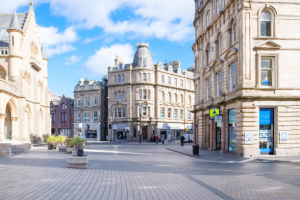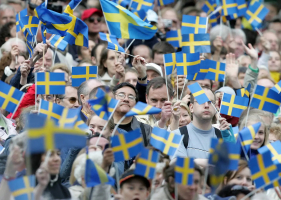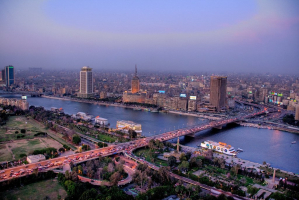Top 8 Reasons to Visit Guinea-Bissau
This tiny country is like a microcosm of Africa, including a wide variety of environments, populations, civilizations, and plant and animal life. It's all ... read more...accessible from Bissau, the country's capital. The Arquipélago dos Bijagós, a maze of tropical islands, is the crowning achievement of the nation. The waves that lap long beaches of white sand are teeming with fish. Its huge mangroves and marshes are home to hundreds of bird species, as well as hippopotamuses, monkeys, chimpanzees, and buffaloes. Here are the top Reasons to Visit Guinea-Bissau at least once.
-
As a result of its lengthy Portuguese occupation, Guinea-Bissau has a diverse range of architectural styles. The nation is endowed with breathtaking natural landscapes, well-protected wildlife reserves, and national parks in addition to these man-made wonders and historic relics. The Bijagós Archipelago, which is made up of a number of inhabited and deserted islands and offers a variety of tourist sites, from the ruins of the former capital of Bolama to the stunning Orango Islands National Park, is undoubtedly the nation's crowning achievement.
Tour Bissau's charming yet dynamic capital city while going back in time. The city is home to many historical attractions from the nation's colonial past. While the coastline region offers breathtaking beaches, a stroll through the Portugal district will transport you to a world of intriguing architecture. The Fortaleza d' Amura barracks, as well as historical sites like the Pidjiguiti Memorial and the Museum of African Artifacts, can be found all across the city. More stunning vistas are offered by the city's traversal of the lovely Geba River.
One of the numerous islands that make up the Orango Islands National Park is Ilha de Orango. It is a wonderful location for island hopping and enjoying various beaches while admiring the stunning scenery that surrounds the palm-fringed shores. Beautiful woodlands and wetlands with uncommon saltwater hippos and crocodiles make up the landscapes, which are ideal for bird-watching and turtle sightings.
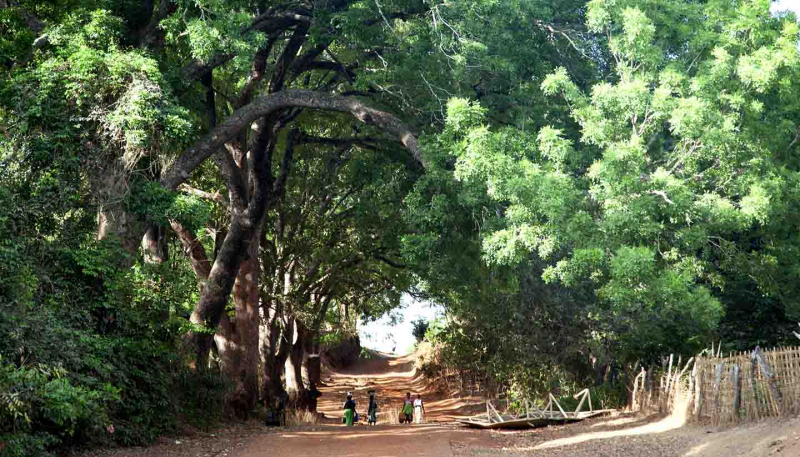
worldtravelguide.net 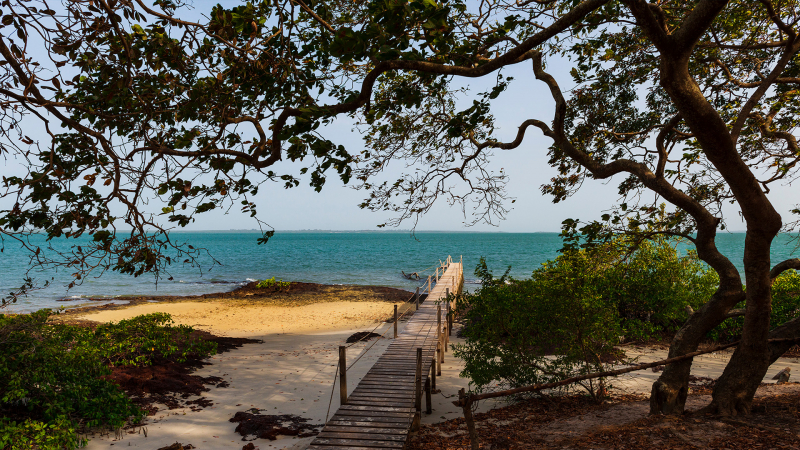
oneplanetnetwork.org -
The history of Guinea-Bissau is characterized by several years of colonization by Western nations. The country was dominated by the Portuguese in the 16th century, and it didn't become independent until the 20th, which explains the strong impacts on the language and culture still present now. Nevertheless, Guineans were able to hold onto their nationality and historical origins, which can be heard in their art and music.
Guineans come from a variety of ethnic backgrounds, which contributes to the country's vibrant culture. Despite the fact that the population is made up of various tribes with unique social structures, dialects, and customs, Guineans are often quite tolerant of this diversity. The Fula, Mandinka, Balanta, Papel, Manjaco, and Mancanha are some of the more notable groups and are found in various geographical areas. The remaining population is primarily of mixed African and Portuguese ancestry. A minority of Cape Verdeans also exists.
Guinea-Bissau has a vibrant music culture. The tradition is related to Gumbe polyrhythmic genres. The most prevalent instrument is the calabash, which frequently goes along with rhythmically challenging dances. Along with folk and ceremonial music that is utilized in numerous rites and initiations, the Gumbe genre is not the only one that is well-liked. Tinga and Tina are also very well-liked. In addition to these distinctive sounds, the Bijagós Islands also feature Kussunde, Balanta Brosca, Kundere, and Mandinga djambadon.
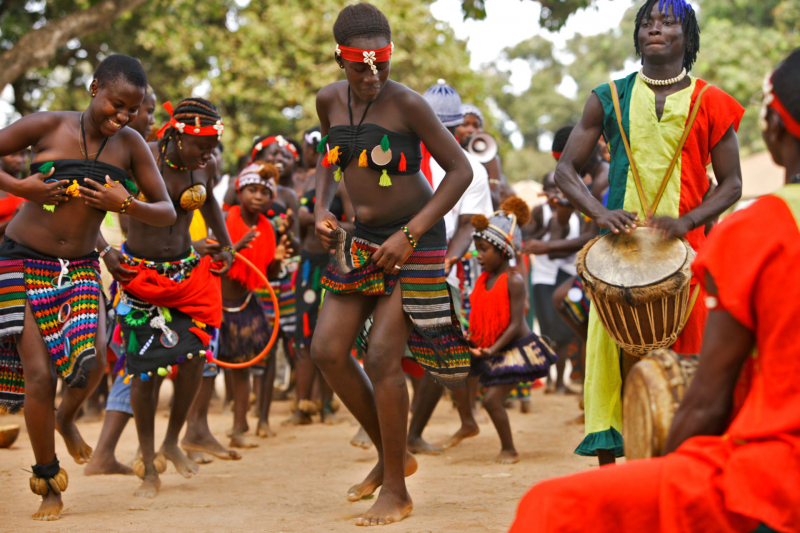
govolunteerafrica.org 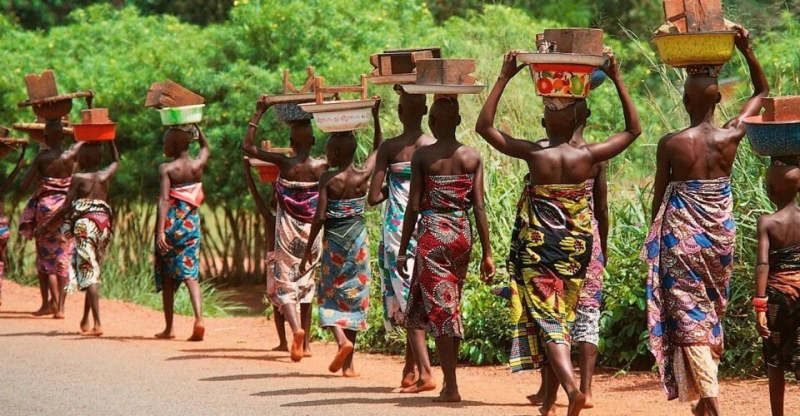
govolunteerafrica.org -
Everyone is most concerned about the weather when they are traveling. Will it be quite chilly? Is it actually that warm? However, you need not worry about the weather if you are planning a trip to Guinea-Bissau because the tropical climate is comfortable all year round. The weather is hot and muggy throughout the year with no seasonal fluctuation. This thing is one of the reasons to visit Guinea-Bissau. The country's average temperature is roughly 79°F (26°C), and daytime highs typically range from 77°F (25°C) to 86°F (30°C).
The months of April and May, which precede the monsoon season, are typically the hottest and muggiest in the nation, with regular highs of 86°F (30°C). The scorching, sand-filled Harmattan winds from the Sahara Desert blow in during the dry season, between November and May, but this rarely causes major hardship for travelers. Between late November and February, when the weather is dry, delightfully cool, and comfortable, is the best time to visit Guinea-Bissau. The recent rainy season in November and December is still feeding the land, making the nation very lush and green.
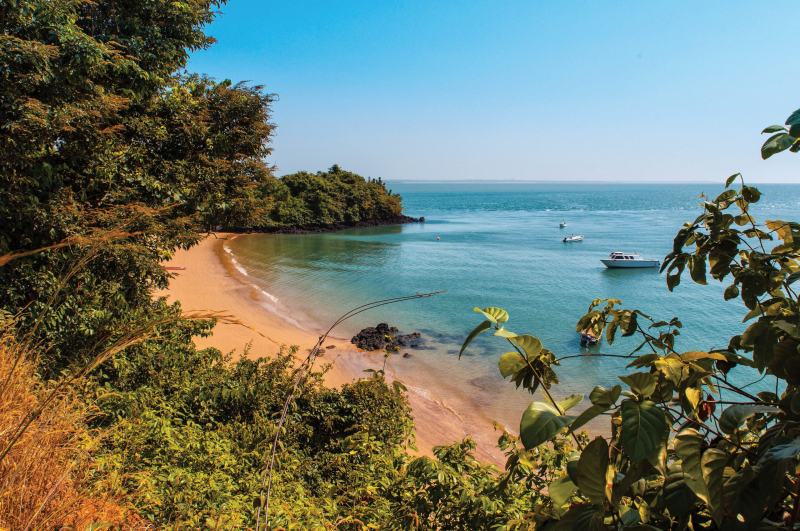
macaomagazine.net/ 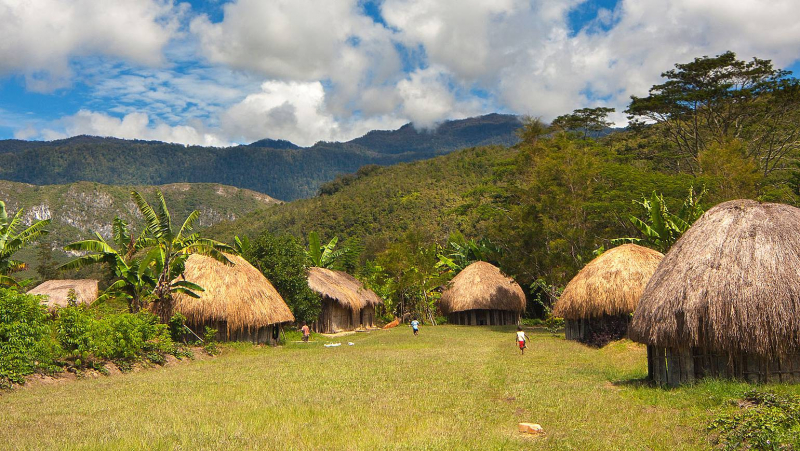
outback-africa.net -
The breathtaking landscape, lovely beaches, never-ending adventure, rolling mountains, dense woods, and diverse wildlife all exist in Guinea-Bissau. You are in for a treat in Guinea Bissau, whether you choose to spend the afternoon discovering the small villages, swimming in the raging waterfalls, or searching for chimps in the humid rainforest. This West African country has a wealth of tourist destinations, many of which are reachable from Bissau, the nation's capital. Whether visitors choose to stay in the country's urban or rural locations or make use of Mother Nature's best attractions, their trip will be worthwhile.
Nature lovers shouldn't pass on visiting Guinea-Bissau because it is home to the Cacheu River Mangroves Natural Park, which is West Africa's largest compact mangrove system. Due to its abundance, this area is currently recognized as a Ramsar site or a wetland of international significance. The park hosts migrating birds, hippopotamuses, manatees, dolphins, crocodiles, green monkeys, and bushbucks in addition to being a location for aquaculture. Tourists will learn that creating a splash has never been this good as they explore this aquatic wonderland.
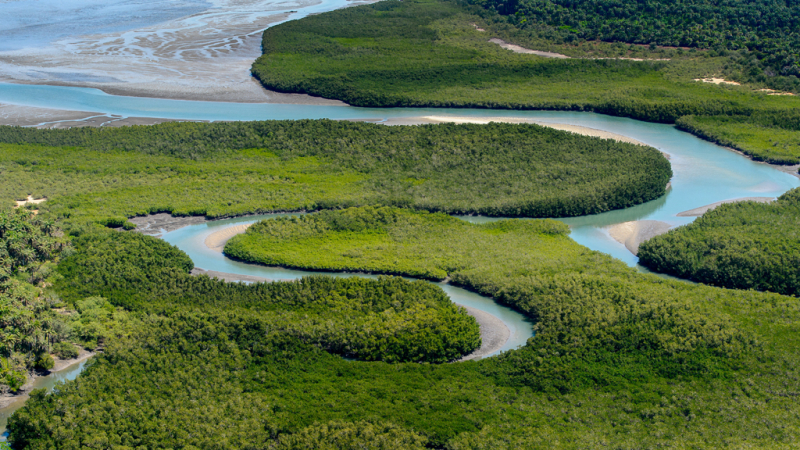
outlookindia.com 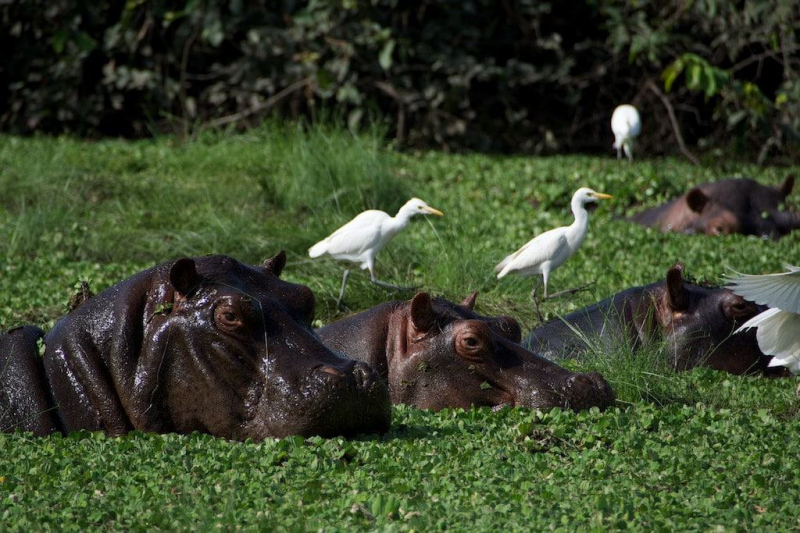
thecrazytourist.com -
Fresh fish, together with fruits and vegetables, is the most popular dish in Guinea-Bissau because it is a country bordering the ocean. The cuisine of Guinea Bissau often combines a variety of locally accessible fruits, grains, and vegetables, milk, and animal products, as is the case in more or less other cultures. In some regions of this nation, milk, curd, and whey make up a large portion of the traditional Guinea Bissau diet. Rice is widely available in Guinea-Bissau, often imported but occasionally local.
Meals in Guinea-Bissau are frequently focused in starchy ingredients, with little meat and lots of fat. Fufu, a starchy substance similar to polenta or mashed potatoes that is served with soups and stews like egusi, is a semi-solid starchy food. In addition to starchy root vegetables like yams, coco yams, or cassava, fufu can also be produced from plantains or cereal grains.
The fiery spices, like as peppers and chilies, are another aspect of Guinness cuisine. Aframomum melegueta seeds, popularly known as grains of paradise, are a native West African plant that are used to make regional sauces. In actuality, Guinea Bissau's regional cuisine and dishes, which use items like rice, peanuts, Bambara and Hausa groundnuts, black-eyed peas, and root vegetables including yams, coco yams, sweet potatoes, and cassava, continue to be deeply rooted in the local culture and traditions. Fish and pork are also common ingredients in Guinea Bissau cuisine. Cereals are gaining popularity and are eaten in the morning or the evening.
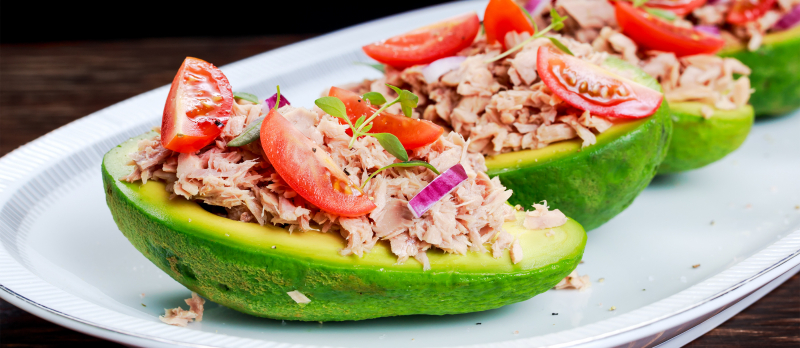
tasteatlas.com 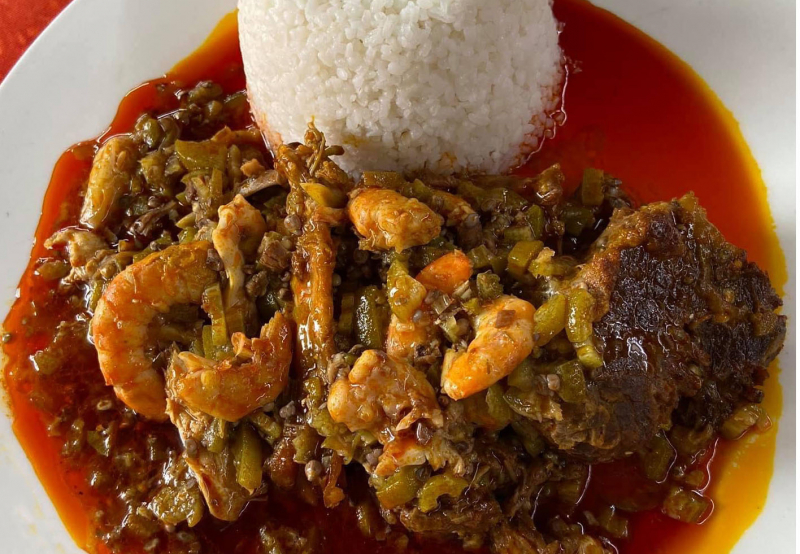
tourismgb.com -
In February, when the weather is at its most pleasant, the streets of Bissau, the capital of Guinea-Bissau, come alive with the cultural spectacle known as the Carnival. The four days leading up to Lent see a carnival unlike any other. Less than 10% of Bissau Guineans identify as Catholic, despite the fact that Easter is traditionally a Christian holiday; the remainder either worship Allah or the demons of the islands and forests. According to a long-time Portuguese resident of the city, the current carnival, which has been going on for as long as anybody can remember, is about "local ethnic traditions blended with a Portuguese date." Guineans have appropriated an alien religious holiday and used it as justification for a massive cultural event.
Like at the opulent carnivals of Rio or Venice, there are no motorized cavalcades with extravagant, expensive costumes or amplified music. Instead, thousands of groups, each representing a different tribe from around the nation, charter beaten-up vehicles and wooden boats, dress in costumes made of leaves, cow horns, shells, or the blown-up spined husk of a boxfish, and then stream into the city to exhibit their culture.
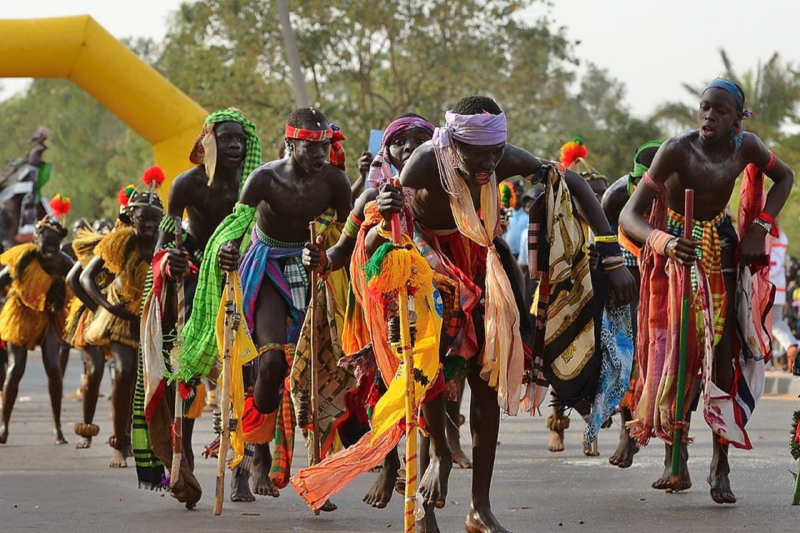
transafrica.biz 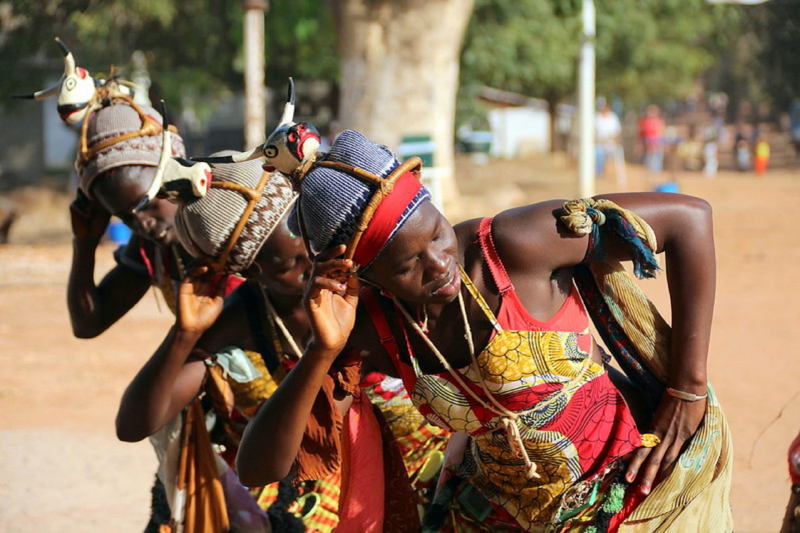
transafrica.biz -
The nightlife in Guinea-Bissau is the finest way to get to know the country. There are numerous forms of nighttime entertainment available in Guinea-Bissau to satisfy all tastes. You can eat at a classy restaurant in Bissau, unwind after a long day in one of the many coffee shops, and then go to a theater or nightclub or watch movies at the neighborhood theaters. There are several nightclubs, restaurants, and movie theaters where tourists can go to have fun and learn more about Guinea Bissau. This definitely is one of the reasons to visit Guinea-Bissau.
In Bissau, there is a club called Discoteca Tropicana. It is a landmark in Guinea Bissau's nightlife and one of the city's most popular gathering places. Partygoers can enjoy the enjoyable music that is blared while they dance the night away. Additionally, they can savor a vast selection of drinks served in the Discoteca. Discoteca Tabanka is a further well-known one. This nightclub in Bissau is the ideal location for a night out with friends for drinks and entertainment because it serves fantastic cocktails. It is arguably one of Bissau's best or highest-rated locations. It is the greatest spot to unwind on a weekend evening after classes with a selection of expertly made cocktails.

premierpearlhotel.com 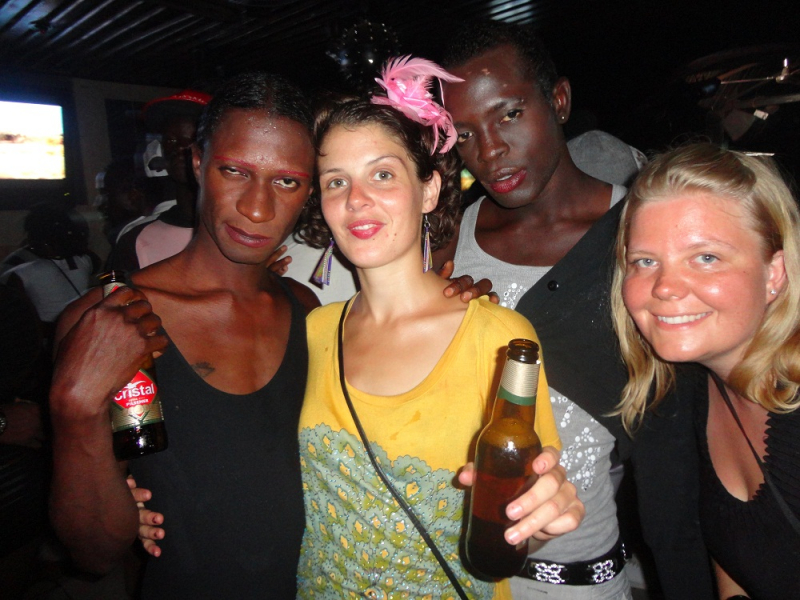
writeronthemove.com -
Guinea-Bissau is an angler's paradise, a multi-method, and a multi-species destination, making it ideal for saltwater anglers who have a true thirst for an angling adventure. The vast majority of fish are caught while fishing from boats, and they are mostly found on wrecks and reefs. Seven distinct varieties of Jacks, hard-fighting African Red Snapper, Barracuda, Silver Croaker, Mackerel, varied Rays, many Sharks, Kob, and Grouper, to name a few, are all easily pursued.
All fishing excursions in the Atlantic Ocean, which is nutrient-rich and home to a variety of species, are conducted in Guinea-Bissau. The primary fishing areas are near offshore drop-offs and reefs. They will pursue fish throughout the shallow seas that surround the Islands and waterways when the tides are just perfect. You can fish a variety of different fishing techniques while on your fishing vacations in Guinea Bissau, from deep watermarks to shallow beaches, and you even have the chance to beach fish some of the uninhabited islands. You must dress appropriately because of Guinea Bissau's hot temperature. You can discover some useful information on sun protection apparel for fishing on a blog.
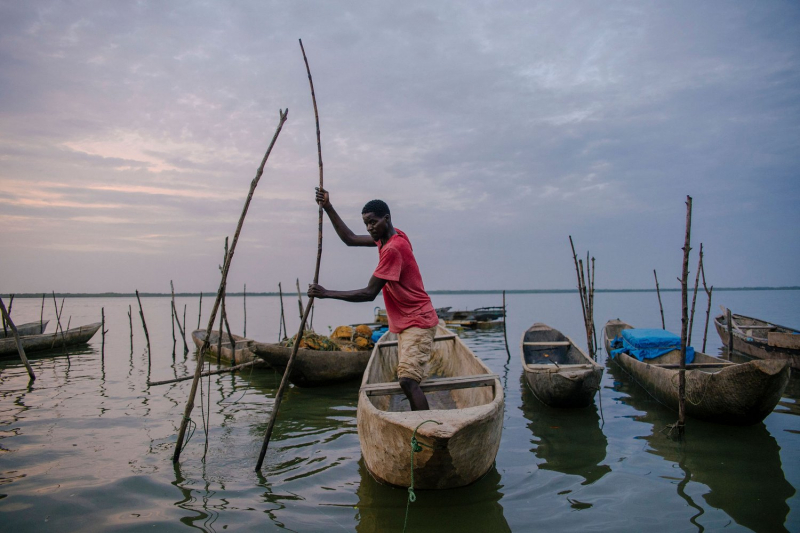
cffacape.org 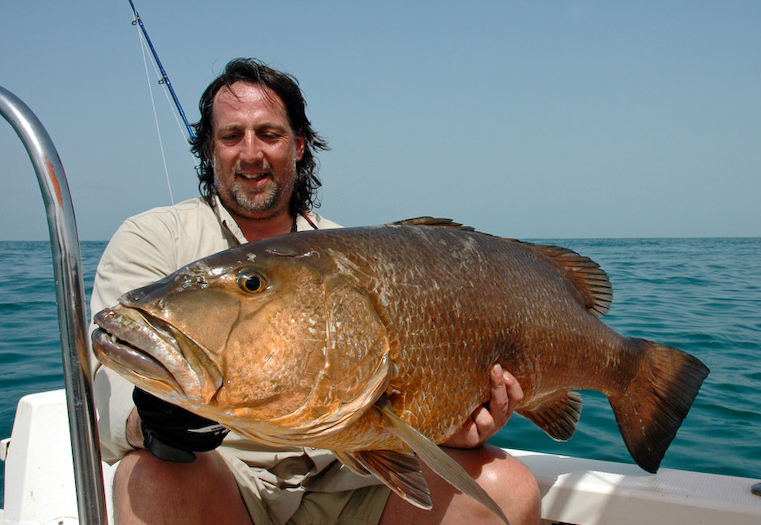
planetseafishing.com










